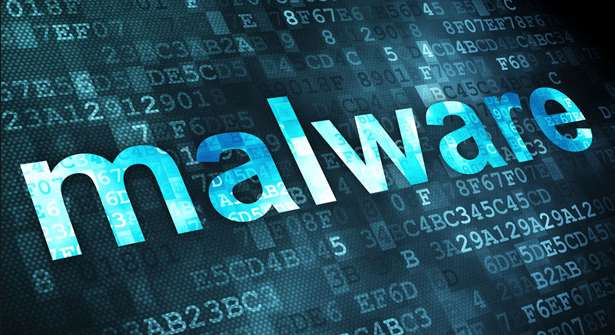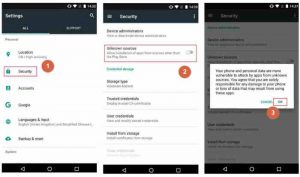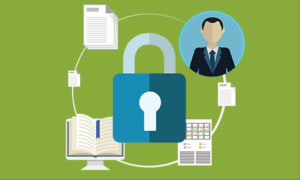How to Protect Yourself from Tech Support Scammers?

Protecting yourself from malware is relatively easy. You just pay for a good security program, stay away from suspicious links, and you’re good to go. But, what about scams?
Falling for a scam is awful. You might lose money, get infected with malware, pay for a program that you don’t need, etc.
The outcomes are many. None of them pleasant. That’s why we need to be wary of scammers. Here’s how to protect yourself against them.
What are Tech Support Scams?
The name is pretty much self-explanatory. Scam calls. People who try to convince you that you have some problem with your computer and that you need to follow certain instructions to solve that problem.
In reality, your computer is fine, and the caller is just trying to fool you into providing your personal information, banking information, anything that the scammer can benefit from.
It doesn’t always have to be about straightforward calls. It might also be a random popup on a website which prompts you to call a number, take specific actions, or something like that.
Some people use this scam method to promote their security programs. Mostly small companies. While that causes little harm on your side, from an ethical point of view, it’s still not nice.
How Do Scammers Benefit from That?
Money! Your personal information can be sold, your banking information can be used for money transfers, a piece of malware can be used to forcefully display ads on your screen, etc.
Each scammer might use a different approach to fool you into providing your information, and each one of them might ask for different things.
For an example, the scammer calls you, explains that you’re infected, and says that you need to provide your banking information so that you will be able to pay for their Antivirus.
This might look like a very obvious scam, but you’re now reading this with a cool head knowing that you’re safe.
When the panic kicks in and pressure is being put on us, we, as humans, tend to do some unreasonable things.
How to Protect Yourself
There are five simple steps to take. To put it in a nutshell:
- Be cautious and use your head
- Use security programs
- Hang up
- Use different passwords for each account
- Report the situation to your bank/PayPal
Be Cautious and Use Your Head
This is by far the most important step. As mentioned above, each one of these scammers utilizes different approach methods.
Knowing exactly how they work won’t be enough. You need to be able to think on the go and realize on your own when something doesn’t look right.
To get started, I’ll let you know that Microsoft will never call you to provide malware removal guides.
There are security programs which do this job.
Use Security Programs
Security programs are a very basic piece of software for every Windows computer. They can save you from numerous online threats.
As for call scams, the only case where security programs are useful is when the scammer gets you infected with malware.
If the scammer is trying to fool you into providing information, then you’re usually on your own. In that case, just utilize the step which we mentioned above.
The ideal security configuration is using one Antivirus and one Anti-Malware together. The two of them detect different threats, which is why they are more effective together.
As for which ones to choose, it mostly comes down to personal preference. MalwareFox is a good, cheap choice, and you also have Windows Defender preinstalled.
Hang up
If you realize that you’re talking to a scammer, hang up immediately. That’s the best course of action that one can take.
Don’t try to talk your way out by being logical or anything like that. It’s not going to work. Now, if you want to mess with the scammer and have a bit of fun, that’s an entirely different story.
Use Different Passwords for Each Account
This is highly recommended cause if you use one password for all of your accounts, then all it takes is for the scammer is to get access to one account to own them all.
In fact, the first thing that a cybercriminal does after getting access to one account is to use the same login credentials on other websites as well.
Report Your Situation to Your Bank/PayPal
In the case that you end up providing your banking information to a scammer, do report the situation to your bank or to PayPal depending on what the scammer has access to.
After that, do change your passwords as well to prevent the scammer from getting future access.
You might also be able to ask for a refund or to cancel any money transactions depending on your bank.








